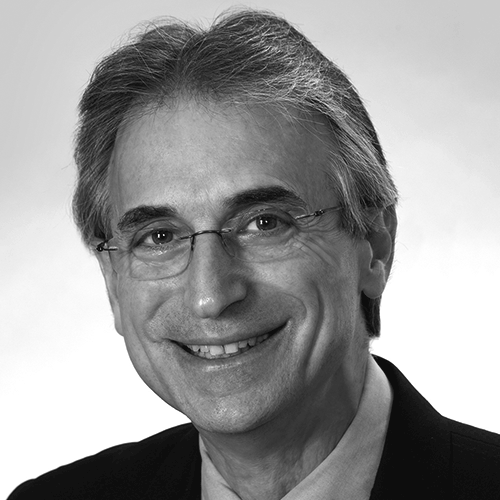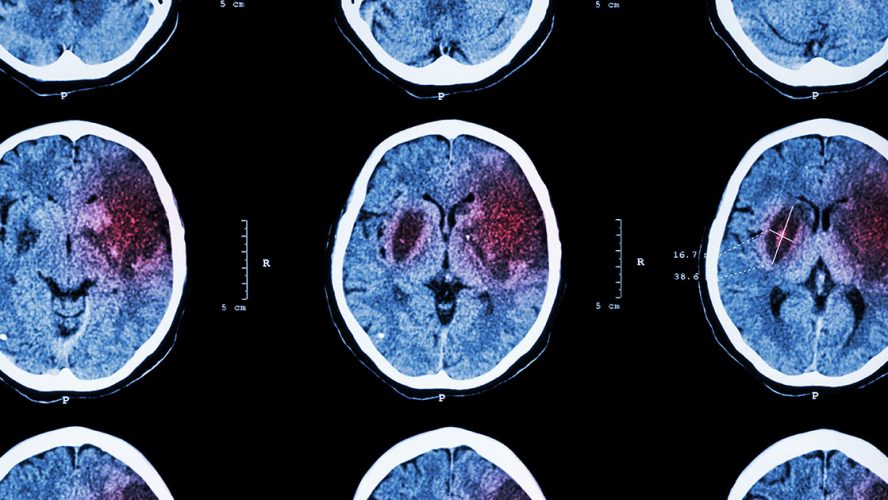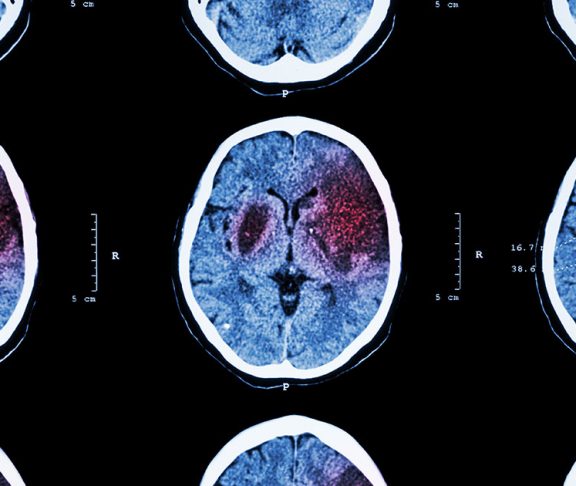With increased education and awareness, we can turn the tide on disturbing trends, such as increased incidence of stroke among young adults.

Alyse Sicklick, M.D.
Medical Director, Inpatient Rehabilitation, Gaylord Hospital
An estimated 80% of strokes are preventable; What are the main things people are failing to do to prevent stroke?
Many stroke risk factors are modifiable, meaning we can do something about those specific factors to decrease our stroke risk. Of greatest importance is treating high blood pressure with effective medications and healthy lifestyle. Treating high blood pressure decreases your risk for stroke! Other examples of suboptimal stroke prevention include maintaining your cholesterol level at recommended amounts with healthy lifestyle choices as well as medications, along with stopping smoking. High cholesterol — which is indicated in large blood vessel disease — as well as cigarette smoking are linked to increased stroke risk.
There has been a significant spike in stroke in young adults over the past decade. Why do you think that is?
There are many reasons thought to contribute to the increased incidence of stroke in young adults. Among the reasons are delay in seeking treatment for symptoms by younger folks who think their stroke risk is low. Other key issues include the increasing number of obese young adults as well as the increasing number of young smokers — primarily young women. In addition, many young adults either do not recognize the importance of, or cannot afford, routine primary care due to health insurance gaps.
Time is crucial in treating a stroke. What recent innovations in the industry are helping to ensure stroke patients are treated as soon as possible?
There has been a great focus on public education in recognizing the early signs and symptoms of stroke. Early assessment and intervention is vital to proper and early treatment! Other innovations include optimizing the time between patient assessment and radiologic visualization to determine type of stroke. This helps direct proper acute treatment (“door-to-needle” time). In addition, the expansion of telemedicine programs allow for early patient assessment for those who arrive at remote centers that lack onsite stroke professionals to evaluate and make recommendations. There has also been an impressive evolution of regional stroke systems of care and development of primary and comprehensive stroke centers, with the goals of optimizing the prevention, assessment, treatment and rehabilitation of stroke survivors.
How has stroke rehabilitation evolved in recent years?
Traditionally, stroke rehabilitation focused on compensation for residual deficits. In recent years, there has been an additional focus on stroke recovery. With the use or trial of different techniques and medicines, including robots and electric stimulation, rehabilitation now incorporates both compensation and recovery. In addition, there has been a focus on the impact on outcomes dependent on where survivors receive their rehabilitation. Studies indicate that stroke survivors who qualify and have access to an intensive rehabilitation facility (IRF) should receive their care at the IRF in preference to a skilled nursing facility.

Larry B. Goldstein, MD, FAAN, FANA, FAHA
An estimated 80% of strokes are preventable; What are the main things people are failing to do to prevent stroke?
Lifestyle factors associated with higher risk include smoking cigarettes, being overweight or obese, having a poor diet, lacking regular physical activity and excessively consuming alcohol. Actions include smoking cessation and avoiding environmental tobacco smoke; maintaining a normal body weight; following a healthy diet (for example, a DASH or Mediterranean type diet); exercising regularly (30 minutes, most days of the week, of an activity such as brisk walking); and limiting alcohol consumption to no more than one drink per day for non-pregnant woman and no more than two drinks per day for men. Additionally, people should have their blood pressure and pulse (heart rhythm) checked regularly. High blood pressure (>140/90 mmHg) is the single most important medically treatable cause for stroke, and an irregular heart rhythm could indicate atrial fibrillation. Stroke risk can be decreased with blood thinners, but only half of people who have atrial fibrillation who are at high stroke risk are taking one of these drugs.
There has been a significant spike in stroke in young adults over the past decade. Why do you think that is?
The reason and even the extent of the problem are not entirely clear. We do know that stroke risk factors increased in those in the 18-64 age group over the last decade. For example, when we compare 2003 and 2004 to 2012 and 2013, high blood pressure increased by seven percent and smoking rose by 11 percent. These are risk factors that, if treated or reduced, would decrease the likelihood of stroke.
Time is crucial in treating a stroke. What recent innovations in the industry are helping to ensure stroke patients are treated as soon as possible?
Organization of local systems of care to transport stroke patients to the nearest stroke capable hospital, Primary Stroke Center or Comprehensive Stroke Center. The use of telemedicine or support networks are bringing treatment expertise to rural and other underserved populations. Mobile Stroke Units are being deployed in selected areas.
How has stroke rehabilitation evolved in recent years?
New approaches such as constraint induced therapy, robotic therapy and gait supported therapy are being explored.

